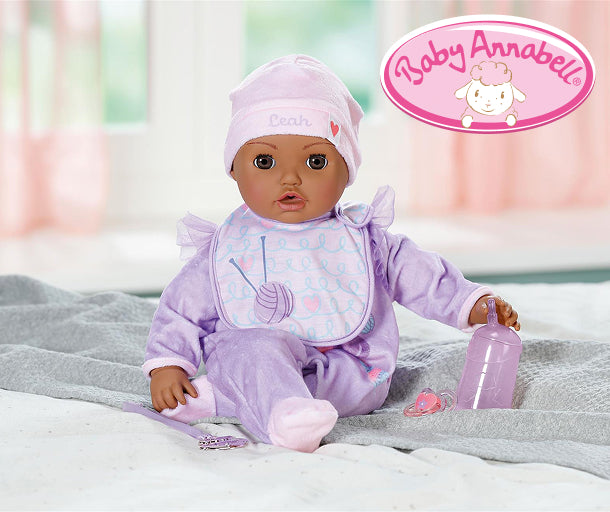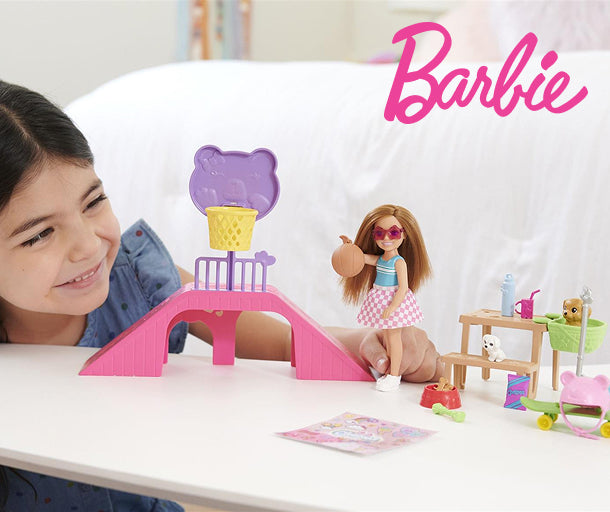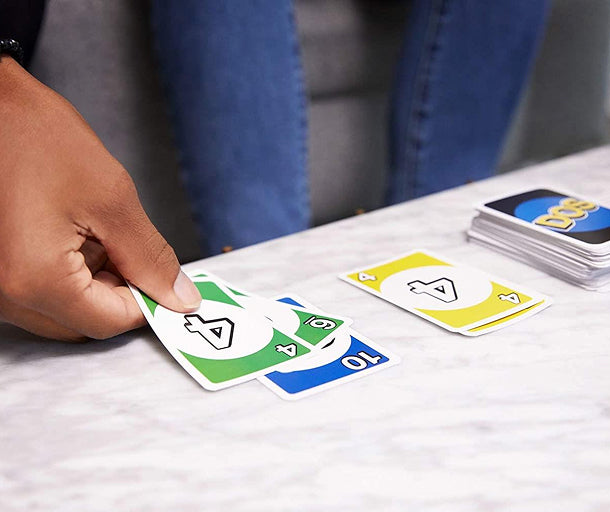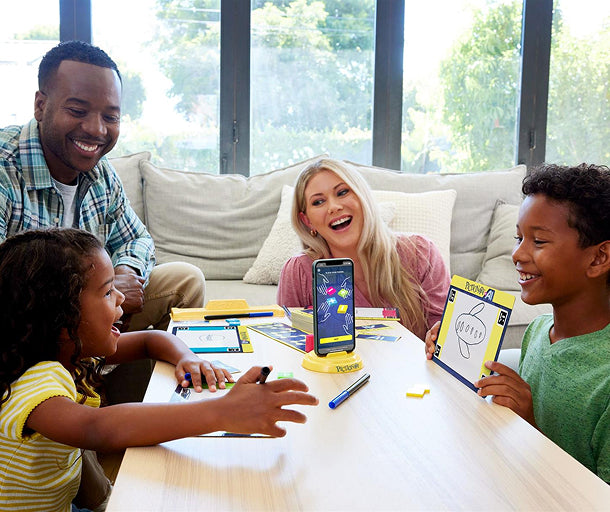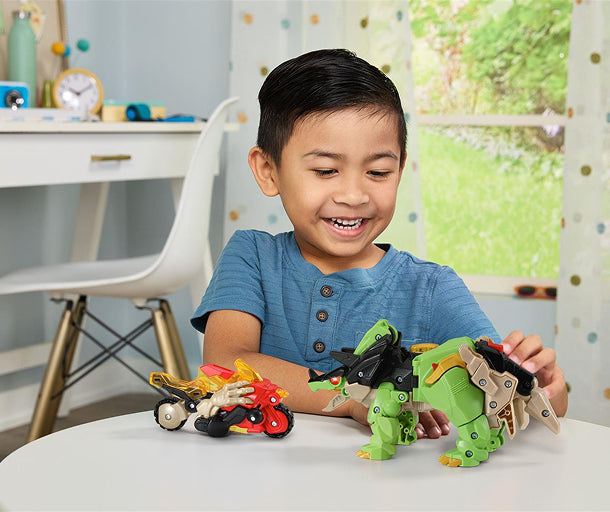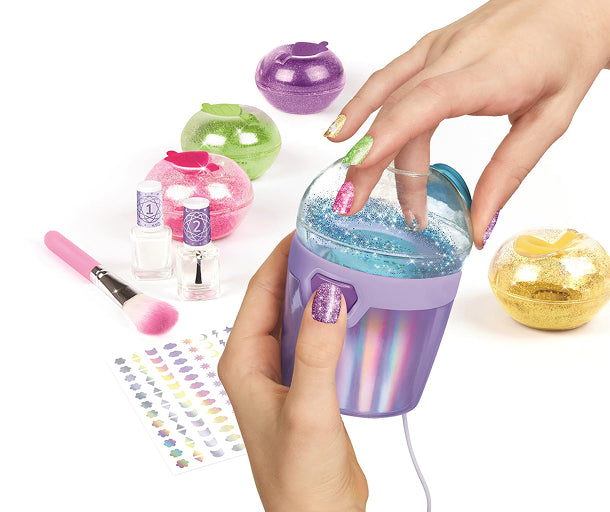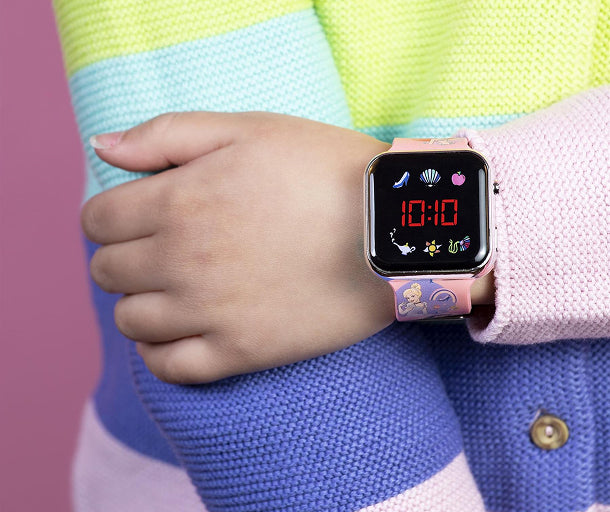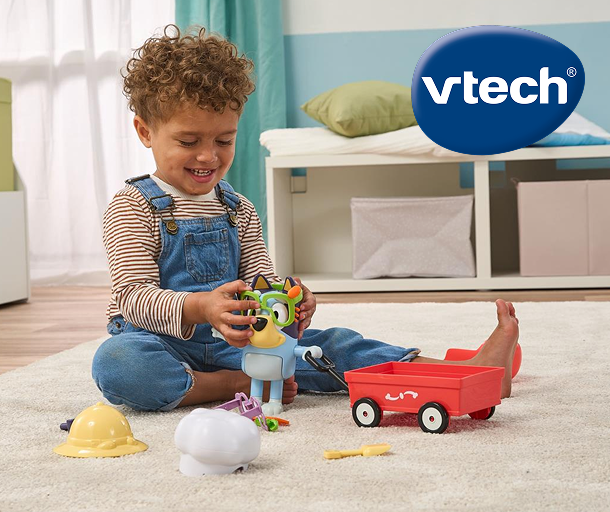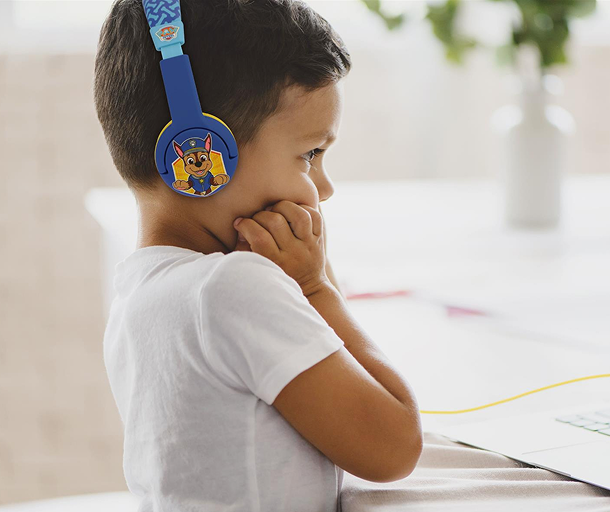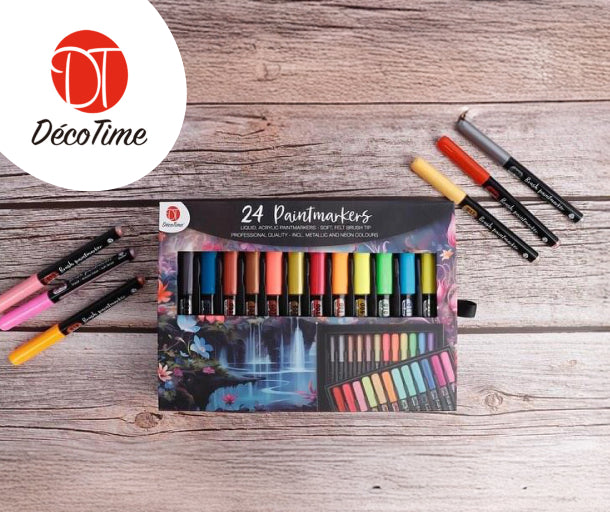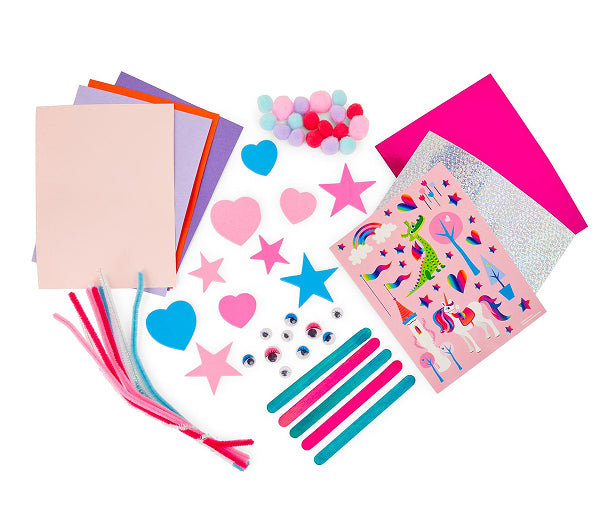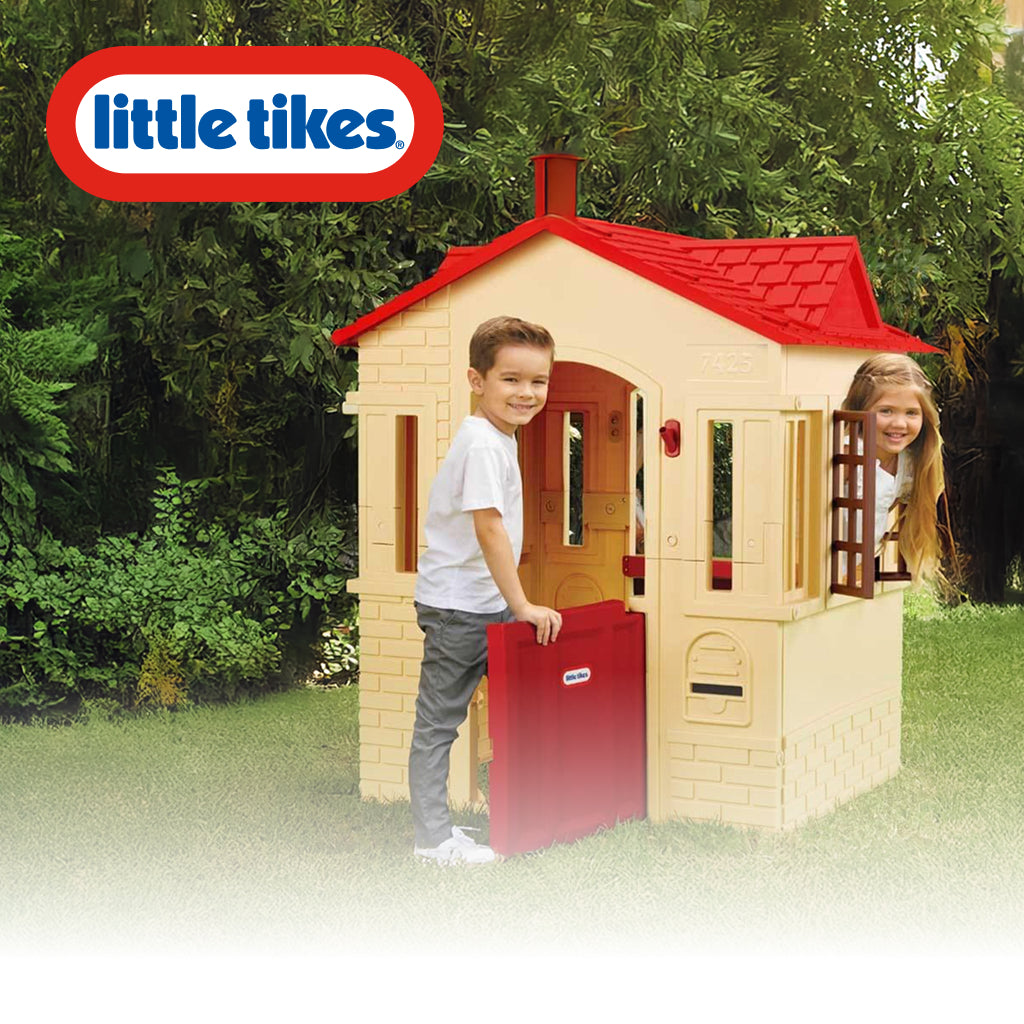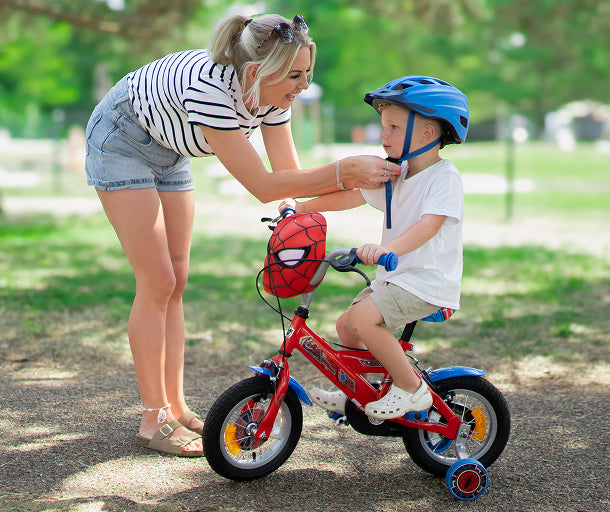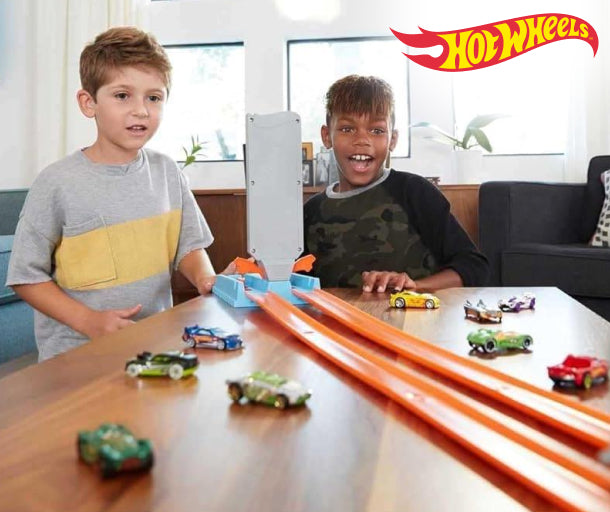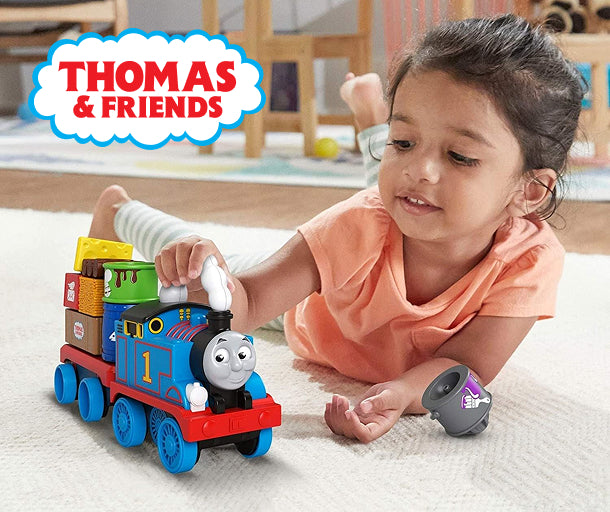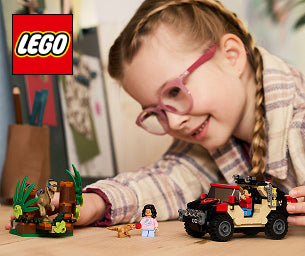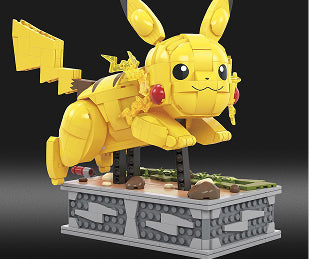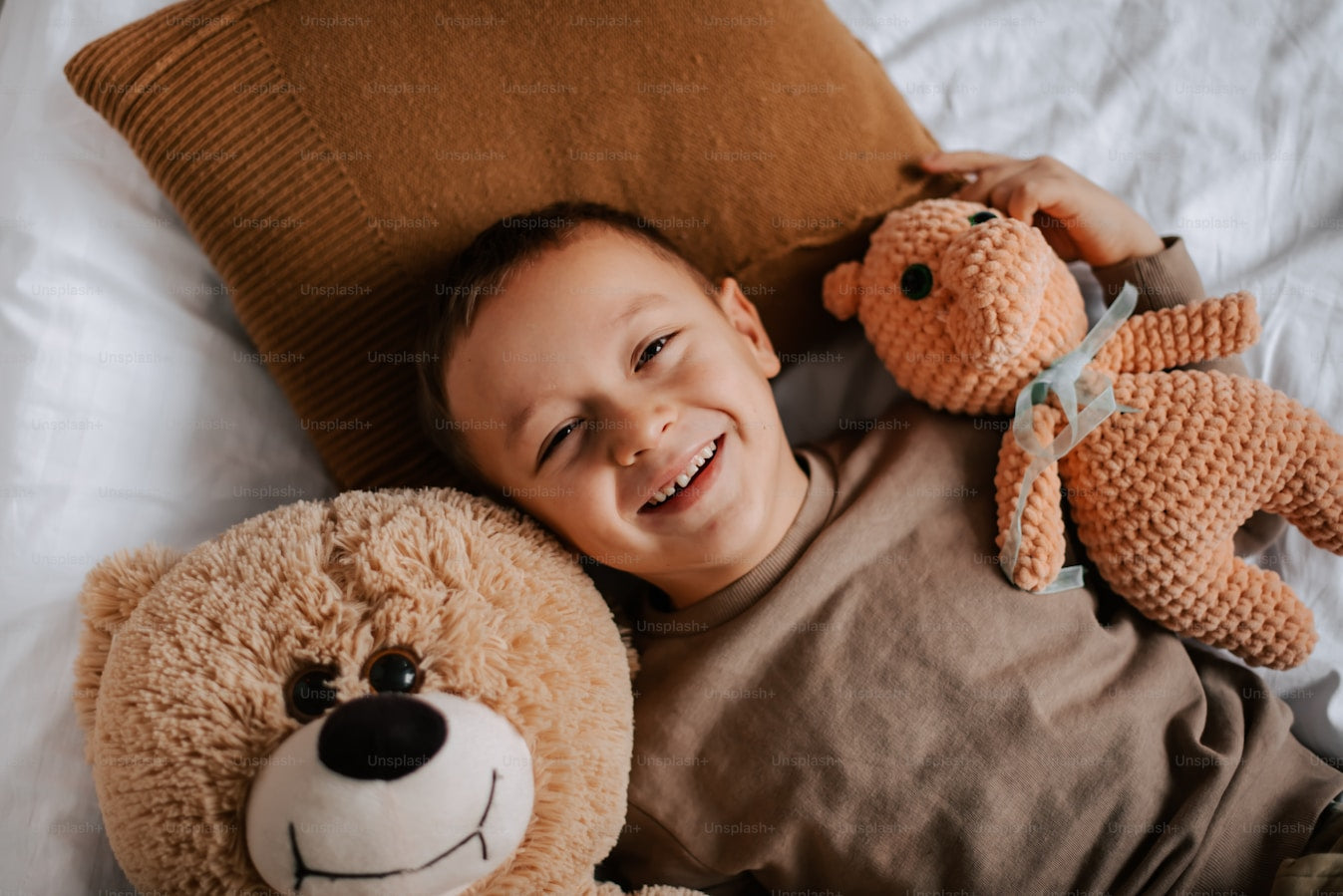When to start potty training: Our top potty training tips
Potty training can be a difficult task and you can feel confused on when and how to start the training. This frustration can be further felt as every child is different and learns to use the potty at different times. Not only does your child have to be ready for potty training but also you do too, otherwise your efforts won’t work!
To help you figure this difficult time out, we have created a guide on when to start potty training to give you a solid understanding on when you can begin this process with your baby/toddler. In this guide, we have provided our top potty training tips for the daytime and night-time that you can try out to make the process that little bit easier!


When to start potty training?
As every child is different with the potty training process, it can be difficult to determine when to start potty training. Due to this, it is ideal to carry out the process slowly, going at your child’s pace. Being patient with your little one can aid them to get it right so, just breathe and relax even if you feel frustrated.
Little ones can control their bladder and bowels when they are ready, so try not to compare your little one’s progress to other children. It is also important to remember that kids can control their bowels before their bladder, so wetting themselves can take longer to stop.
By one year’s old, most babies will stop having poos during the night and at three year’s old, many little ones are dry for most of the day, but they can still have the odd accident. When they reach four, many children are dry regularly during the day.
Due to this, the ideal time for when to start potty training is between the ages of 18 months and two years old. At this age, you can start introducing the potty as a part of your normal daytime routine. However, it is best to remember that you can’t force your child to use the potty. But with patience and time, they will gradually want to use it themselves as they would like to get out of nappies in time for school.
How to begin potty training
So, how do you begin potty training? It can feel impossible to start or you may be struggling with encouraging your little one to use the potty. Whatever situation you are in, it is key to think about ways you can make this process more fun, engaging and exciting to encourage them to use the potty as a habit. However, before you can do this it is best to start the training when there are less disruptions in your everyday life. Look for a time in your families routine where disruptions are at a low as it is vital to stay consistent with potty training, you can’t change the timings drastically otherwise your tot won’t learn.
Make sure that when you leave the house together, you take the potty with you too. This will help your little one understand that you would like them to use the potty every time they feel like they need to go. It is also vital to share your potty training routine with anyone who looks after your child. Doing this makes sure that your child can continue to learn in the same way and the routine stays exactly the same, so they can build their confidence.
Another great way to start the training process is to watch for clear indications that your little one is ready. These can be your tot understanding they have a dirty nappy or knowing that they need to go. They may also be able to communicate their need to use the potty with you so that you can assist them and encourage them.
Carry out the process in stages to gradually teach your little one to use the potty. When you break it down, it can help them to learn the connection between needing to go and using the potty. As you begin training, communicate with your child clearly to solidify that connection. If your child is struggling, try showing them how you go to the toilet and encourage them to copy on their potty.
As you begin the long process, make sure to create a positive environment for your little one. Encourage them in a soothing way and remain calm and patient with them.
Potty training tips for the daytime
When you begin with potty training, it is best to start during the daytime. Create a routine with the potty during the day so your little one can understand and learn when to go and when to use it. Daytime potty training is ideal as a starting point as there is more time for learning and little ones can begin controlling their bowels and bladder easier than at night.
When to start potty training is all about spotting indications that your child is ready. This can be easier for you and your little one to grasp during the day. This is because they naturally begin to develop an understanding of when to go and bowel and bladder control in the daytime.
Use our top potty training tips for the daytime to help you and your tot with this journey and begin tackling using the potty.
Check that your little one is ready
It is key to not rush the potty training process and not to try and begin when they aren’t ready. This will only create difficulties and may prevent your child from wanting to learn.
Clear indications can be communicated to you which will determine when you can start the daytime process. This could be your little one letting you know they are about to do a wee or poo. It could even be a little indication, like going an hour in the day without wetting their nappy.
Pick a suitable time
The process can be a long one, depending on your child as every little one is different. It is also a process that needs to be consistent to help your child build the connection of poos, wees and the potty. Due to this, you need to pick a time where you are less busy and where your everyday routine stays consistent. You don’t want to start the process if you have a big life change such as moving house or starting a new job!
Make using the potty your child’s idea
A great way to make the process fun is by making using the potty your child’s idea. This means if you can tell they need to go toilet, don’t make a big fuss. You can gently encourage using the potty if you would like but leave the decision up to them. It’s always great if they think they have come up with the idea to use the potty as it makes them feel responsible and grown up. Plus, your little one can feel more rewarded after they have come up with the idea to use the potty by themselves.
You could further this feeling for your little one by letting them choose their potty. They can choose a potty they love to excite them about using it. Also, they can feel more grown up by having the choice and feel determined to get out of their nappies!
Make sure to show your little one what the potty is used for. You can do this through their favourite toy! Have a small toy potty for a doll or teddy and let them use it. Doing this encourages your little one to use the potty correctly with their favourite toy and makes the process more engaging.
Have multiple potties in an accessible place
To help your little one to learn when to use the potty, it is ideal to have multiple potties in accessible places. This is especially useful if you live in a house as your little one can access a potty wherever they are. You could also have a spare potty to take on days out and for when you are travelling that can stay in a bag you use or car. Having multiple allows your child to have easy access to a potty upstairs and downstairs, as they may be unable to get there if they are desperate!
Make sure to have one potty in the bathroom as this is the place everyone uses the toilet. Having one in the bathroom helps to build the connection with wanting to go and the toilet. It also aids with weaning off the potty and transferring to the toilet when they are older. But it is also a great idea to have other potty’s in convenient places for when your little one is desperate. You may have one in the living room for during the day or one in their room to help with night time training. Think about the places your little one spends a lot of their time in and place a potty in those rooms.
Create a routine
To reinforce the importance of using a potty, you could create a routine for your child to try. This routine can easily be slotted in your daily routine at times that suit you and your little one. This could be any way you like and it could be best to get your little one involved in creating the routine (if possible).
The routine could be based on encouraging using the potty after every meal. When our bodies have eaten and digested food, it can trigger the feeling to poo, this is the same with drinking and weeing. So, after every meal your little one has had, sit them on their potty for a while. They may not do anything, or may only have a wee, but doing this creates a simple routine for your child to stick to, as well as develops an understanding of when their body needs to go.
You could also base the routine off of your child’s regular timings. If you notice your child wees or poos at a similar time daily, you could encourage using the potty instead. You can do this by guiding them to the potty around the time they would usually go in their nappy, or you could take their nappy off and let them create the idea to use the potty instead.
Don’t worry if these tips don’t work straight away, as it can take a while for your little one to understand using the potty and get used to a routine. You can easily have a nappy on them and try again another day if they use their nappy.
Reward and praise progress
When your little one uses the potty correctly, it is vital to give them gentle praise or reward their efforts. This could be as simple as gently telling them how well they have done or how grown up they are. Make sure to not go overboard with your praise or make a big scene as this could create the opposite effect.
Avoid giving them treats as a reward too as this could make a bad habit when using the potty. If you would like to reward your child, you could create a fun sticker chart where they can collect funky stickers for their efforts. This chart can be placed in the bathroom or another accessible place, like their bedroom. Having a chart allows you and your child to see their potty training progress and can excite and motivate your child to go to the potty.
Give them a book to read
While your little one uses the potty, you could give them a fun picture book to read. This could be an engaging book about using the potty to further develop your child’s understanding. Having something to look at and enjoy not only makes the potty fun, but also it helps your little one to relax so they can go to the toilet easier.
Dress your child appropriately
When you are potty training, there is nothing worse than fiddling about with zips, buttons or awkward outfits. Make sure that you dress your little one in appropriate clothing. This means accessible outfits that can quickly be removed when your child needs to go.
Little ones only want to use the potty at the last moment when they are desperate, so if you have dressed them in an awkward outfit, it increases the chance of an accident. Try outfits with easy to open poppers or hooks and loops so that you can quickly undress them.
Start potty training sitting down
No matter the gender of your little one, it is important to teach potty training sitting down. This is because little ones can need a poo at the same time as they need a wee. This can be difficult for them to detect and so sitting your child down encourages them to do both.
Training in this way is especially vital if you have a little boy as, when they learn how to wee standing up, they can forget they need to poo as well. This can lead to constipation and other issues with going for a poo. Make sure your little boy sits on the potty at least once a day to remind him to go for a poo.
It can also be quite scary for your little one to poo on the potty. So, make sure to sit your child down on the potty and gently encourage them to go. You could play relaxing music, have a sing-along or talk to your little one to help distract them from the daunting task. A fear of pooing can lead to constipation and your little one holding it in. This can also cause painful poos and a connection that pooing hurts. If your child is in pain, it is fine to allow them to get off the potty and try again later.
Prepare for accidents and avoid punishing them
Every tot can have the occasional accident or times when potty training isn’t working. When this happens, don’t be disheartened or angry it is best to stay patient, calm and happy. These rough patches are normal and expected through the learning process.
No matter how frustrated you are, avoid the temptation to punish your child or tell them off. If an accident happens or they are struggling to use the potty, remain calm and keep on trying with gentle encouragement. Talk to your little one in a calm and understanding way, letting them know that everything is fine and normal. If you up the pressure by punishing or telling them off, it can reverse your efforts and it won’t make your little one learn any faster.


Potty training tips for the night-time
Night-time potty training is often the most difficult as your little one can find it harder to know when to go due to tiredness. The daytime techniques can be used for night-time too but it is key to make the training even simpler during the night. Make sure your little one has grasped potty training during the day before tackling the night, otherwise they won’t understand or learn using the potty at night.
We have some top potty training tips for the night-time to create a simple and effective learning experience to help stop bed-wetting. Try these out with your little one and take your time as night-time training can be even more lengthy.
Understand when to start potty training for the night
It is vital to understand when to start potty training during the night. Before beginning this journey, make sure your little one is using the potty or toilet during the day. This can be at the age of four for most children, but remember that every child is different!
There are little indications that your child may be ready for night-time potty training too, such as waking up with a dry nappy, or a slightly damp one. This shows you that your little one has better bladder control while they are sleeping so you can start the process.
Create a habit of using the potty just before bed
To help prevent bed-wetting and over-night accidents, create a habit of using the potty right before they go to bed. Gently encourage your little one to sit on their potty as the last thing they do before going to sleep. This helps them understand when to go before long hours of sleep and creates a routine to relieve their bladder or bowels before sleeping. This can then be continued when they are older to ensure accidents are reduced.
Place a potty in their room for during the night in case your little one feels they need to go and wakes to use the potty. This means they can easily relieve themselves quickly to prevent an accident. Plus, they don’t have to try and find their potty in the dark and half-asleep!
Praise their efforts and prepare for accidents
If your little one wakes with a dry, or only slightly damp, bed make sure to praise them. Giving them praise motivates them to keep on doing well and creates a sense of achievement. Your little one can feel proud of themselves with your praise and they can feel more grown up.
However, accidents are bound to happen during the night so be prepared! Try potty training pants for the night to make your child feel more grown up and protect them. Plus, potty training pants can help your little one detect when they are weeing as they don’t hold liquid as well as nappies. These can show your child when they are a little wet and wake them to use the potty. It is also ideal to have water-proof mattress protectors to help keep your child’s bed as dry as possible and prevent stains from setting into the mattress.
If your child has an accident over-night, make sure to not get angry or make a big deal out of it. Night-time training can be even harder than daytime due to tiredness, sleep and lack of control over the bladder. Simply tell your little one that it’s normal and fine and switch to nappies for a little while longer. You can easily try again another day when the time is right!


Use our guide on when to start potty training to understand when your child is ready. Watch out for their indications that they are willing to start and don’t rush the process. Try out our top potty training tips to encourage your little one to use the potty correctly, while making the process exciting and engaging for them!
Remember to stay calm and positive, no matter how frustrating the process is. Being angry or trying to force the process onto your child can have the reverse effect. Create a positive environment for your little one to learn and feel comfortable in. Make sure you reward their efforts with gentle praise and, most importantly, let your little one figure it out themselves as they will use the potty when they are ready!
Potty training is very difficult and time-consuming so please, don’t get disheartened or feel like it’s never going to happen. Have faith and patience with your child and try our tips in small stages to get your child successfully using the potty!


